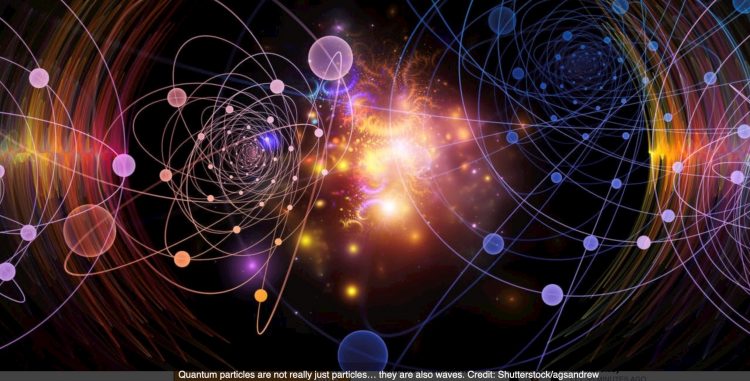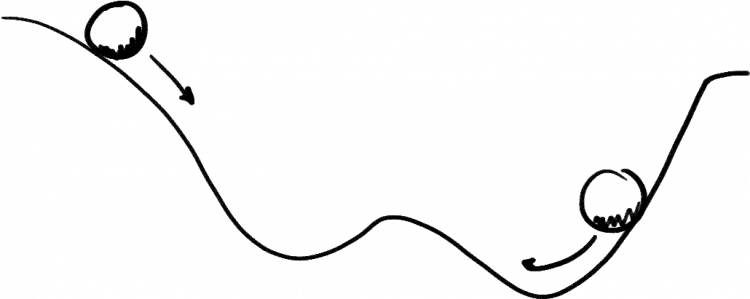How does disorder affect Quantum Systems?
27 Nov 2019|Isabel Creed
- Research
From most people’s everyday lives, we know the universe we live in is intrinsically disordered! Whether it is the mess that accumulates in our houses, or the roads around Oxford in the rush hour. It is a rather ubiquitous phenomena. It turns out that this disorder can have huge impacts on Quantum systems, with this possibly being a solution to enable data storage on Quantum Computers.
Formally, I am a Theoretical Chemist, which essentially means I use Mathematical tools to try and understand problems of Chemical interest. I solve, or more correctly try to solve these problems, using either pen and paper, or programming on a computer.

So what actually is Quantum Mechanics?
It is simply a description of the Universe we live in that accurately describes what happens at the very small scales, i.e. atoms and electrons. It turns out, that at these scales the idea that we can think of things as either particles, as in a football, or as waves, is simply wrong.
Electrons in fact behave like both! We cannot specify exactly the location and velocity of an electron, at any time, not due to a lack of our ability to take measurements, but by the very fabric of the universe. We can thus only develop a probabilistic description.
This idea confused even the greatest minds of the 20th Century. Einstein famously said ‘God does not play dice with the universe’, which unlike many philosophers would have you believe, has no relevance to God at all. This quote epitomises Einstein Struggle to come to terms with the true Quantum nature of the Universe, despite, himself winning a Noble prize for the subject.
In the problems I look at, I am either interested in fermion system, where these are a set of subatomic particles of which the electron is one such particle, or spin system, with spins being essentially arrows which point up or down, which all particles carry, and whose origins are from relativity.

I look at how disorder affects the transport properties of the system at very long times. Both for systems with a single-particle in it, and with many-particles. In particular, I look at how disorder in the energy of the sites effects transport of information.
Visually, the disorder in the site energies, can be thought of as a random essentially infinite set of hills and valleys in which the electron moves. Classically, if the particles have enough energy to get over all the hills from the valleys the particle can move freely through the system. While, at large disorder, i.e. large sized hills and valleys, we can trap a particle.
Quantum mechanically, however, it is unfortunately or fortunately (depending on your perspective) not as simple. Particles can weirdly tunnel over barriers they do not have enough energy to get past. The idea of localising a particle in this case by disorder, in a macroscopic (or mathematically infinite system) is far from obvious!
Anderson, however, showed that disorder in the site energies can localise a single particle. Localising it for infinite time.
Recently, there has been interest in the many-body equivalent of this. In this field, when we say many-particles, we mean around , i.e. the number of electrons in 54g of Iron.
This phenomenon of localising huge numbers of particles by disorder is exactly what I am interested in. The applications of which, could be in memory devices of Quantum computers.
Category: Research
Author
